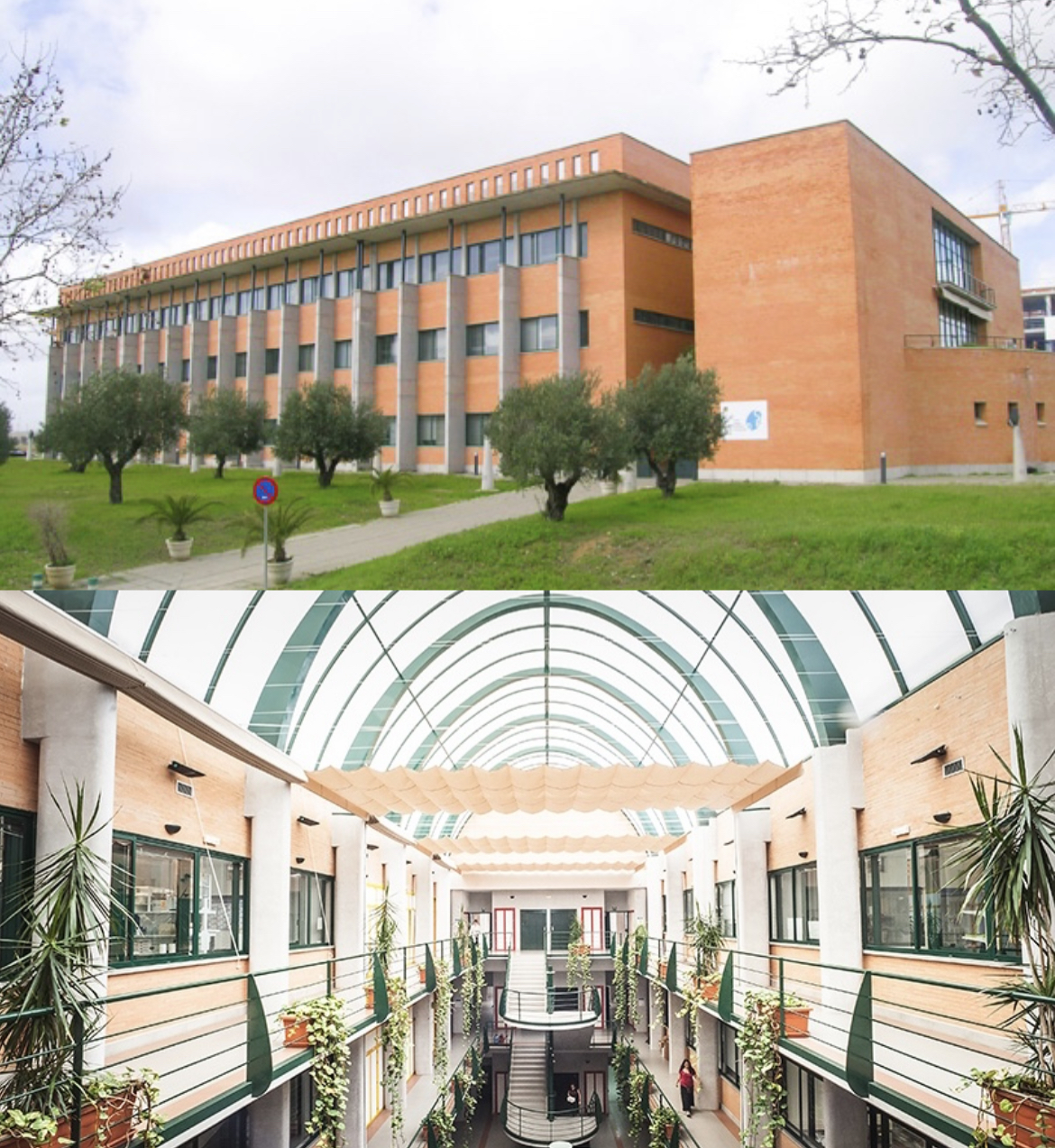Sánchez Alcázar’s Lab
Scientific team led by Dr. José Antonio Sánchez Alcázar, researcher at the UPO’s Department of Physiology, Anatomy and Cell Biology. The main objective of this research group is to find alternative therapies against rare disorders.

About us
Personalised precision medicine for rare diseases
The main objective of this research group is to study the mechanisms involved in the development of rare diseases and find effective therapeutic options for patients.
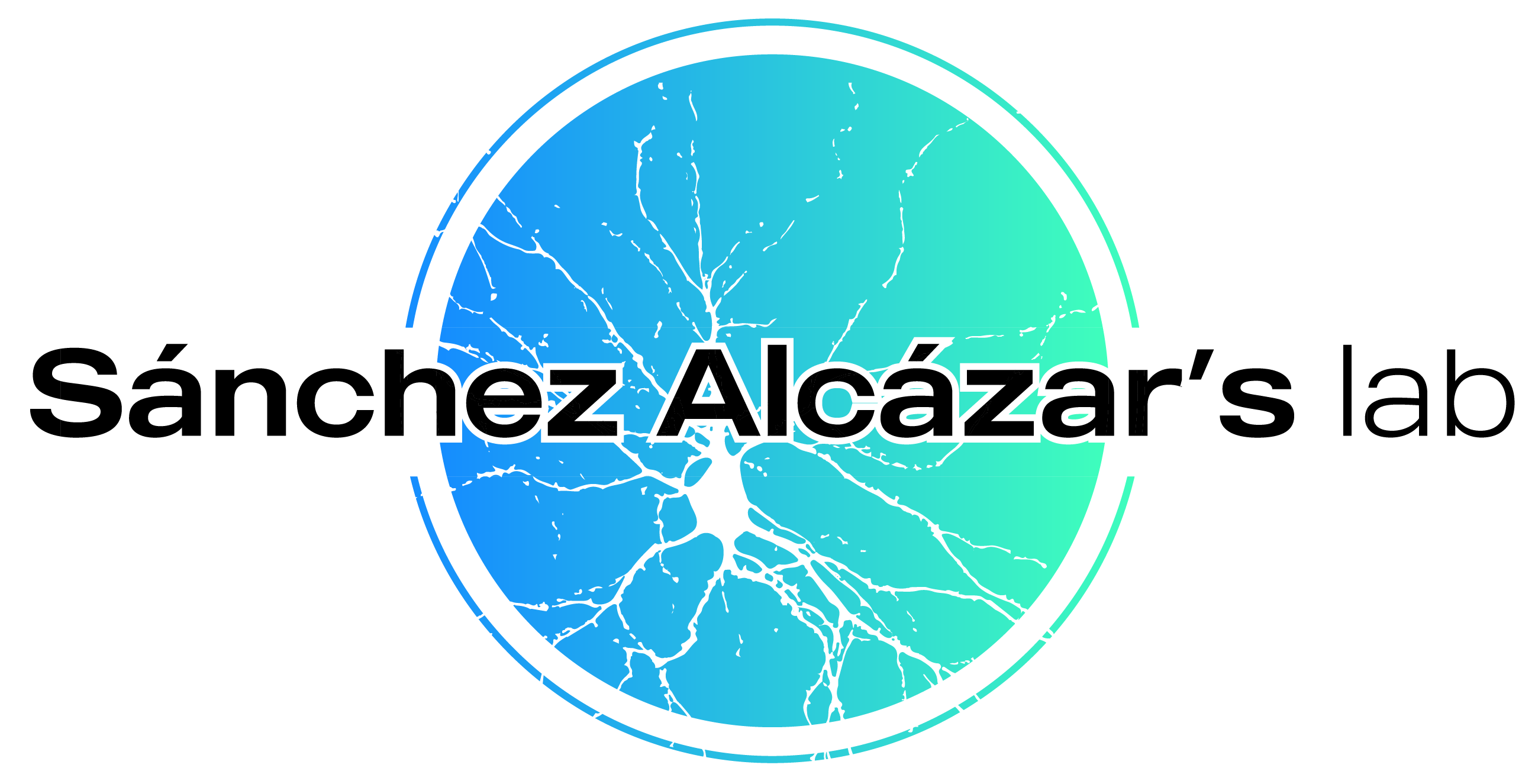
Rare diseases are those that have a low prevalence in the population (less than 5 individuals per 10,000 inhabitants). However, infrequent pathologies affect a large number of people, since according to the World Health Organization (WHO), there are about 7000 rare diseases that affect 7% of the world’s population. Many patients with rare diseases have suffered the consequences of what is called the diagnostic odyssey, that is, extensive and prolonged serial tests and clinical visits, sometimes for many years, all with the hope of identifying the etiology of their disease. For patients with rare diseases, obtaining the genetic diagnosis can mean the end of the diagnostic odyssey, and the beginning of another, the therapeutic odyssey. This scenario is especially challenging for the scientific community, since more than 90% of rare diseases do not currently have an effective treatment. This therapeutic failure in rare diseases means that new approaches are necessary.
Our research group proposes that the use of precision or personalized medicine techniques can be an alternative to find potential therapies in these diseases. To this end, we propose that patients’ own cells can be used to carry out personalized pharmacological screening for the identification of potential treatments.
To achieve our goal, we work with fibroblasts cell cultures derived from patients which are easily obtained by skin biopsies.These cellular models are very informative to understand the pathophysiological alterations and the response of particular mutations to specific treatments. Furthermore, current direct or indirect cell transdifferentiation techniques make it possible to generate two of the most affected cell types in many rare diseases such as neurons in case of neurodegenerative diseases or muscle fibers in case of neuromuscular disorders or congenital myopathies. This personalized approach can be useful both for the evaluation of new drugs and for the repositioning of existing ones. Another advantage of personalized precision medicine is that it allows evaluating the cellular response to combinations of different drugs, diversifying possible therapeutic targets and optimizing potential treatments for patients.
Nowadays, our research group has developed three platforms for performing precision or personalized medicine in rare diseases: Braincure platform for rare neurodegenerative diseases; Mitocure platform for mitochondrial diseases; and Myocure platform for congenital myopathies.
What about personalized or precision medicine?
Personalized or precision medicine consists of adapting the treatment to each patient to achieve the greatest possible effect.
In the images below we show you an example of precision medicine carried out in our laboratory in patients with Pantothenate kinase-associated neurodegeneration (PKAN)
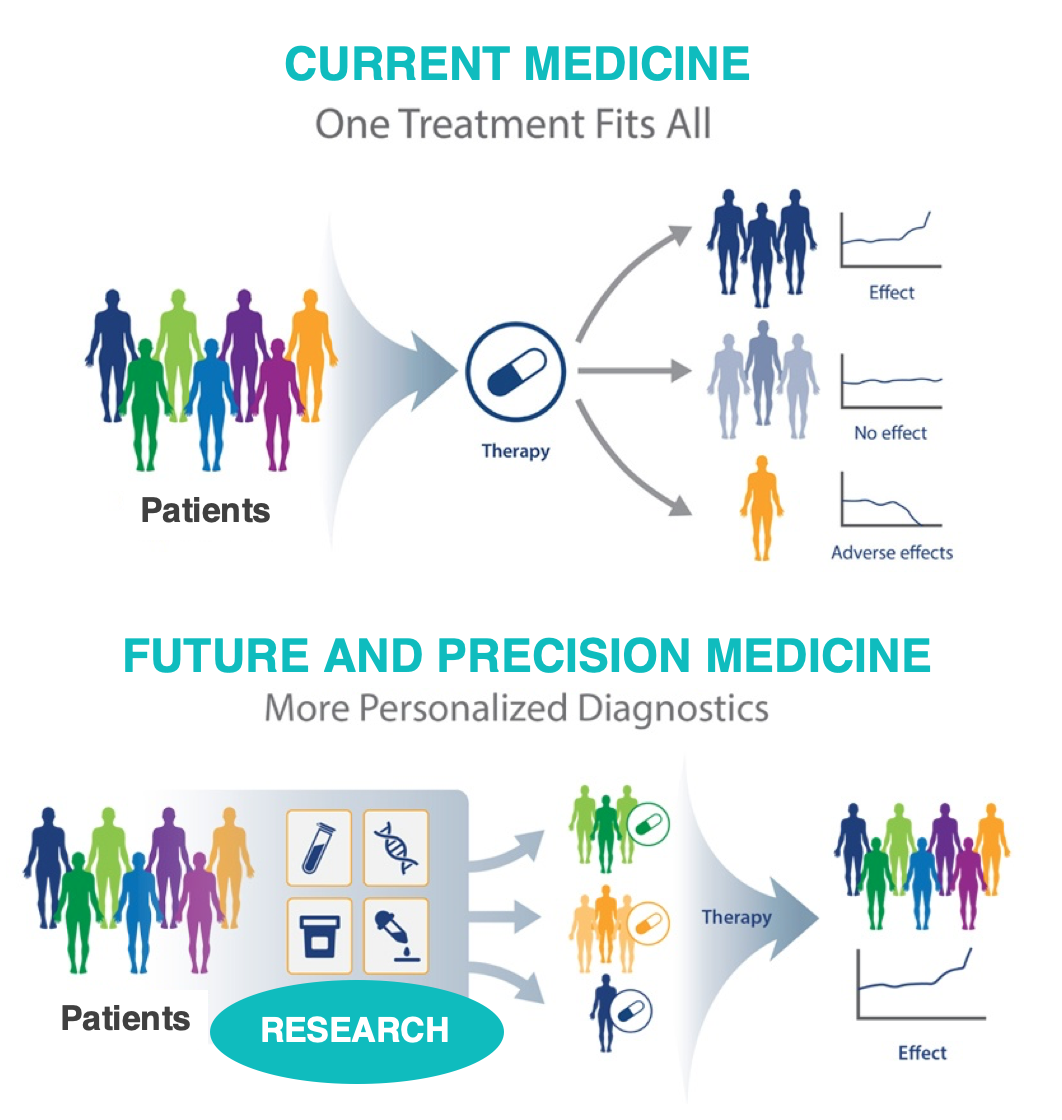
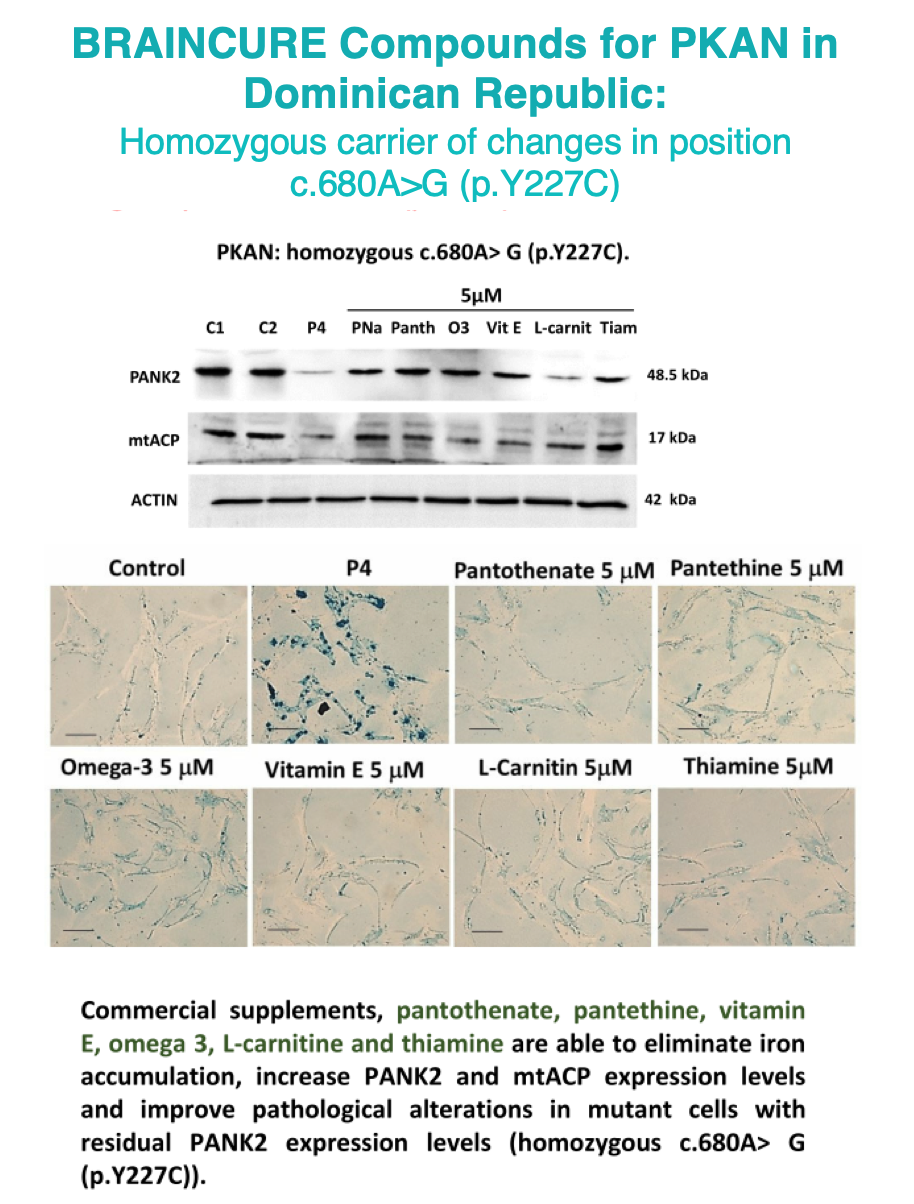
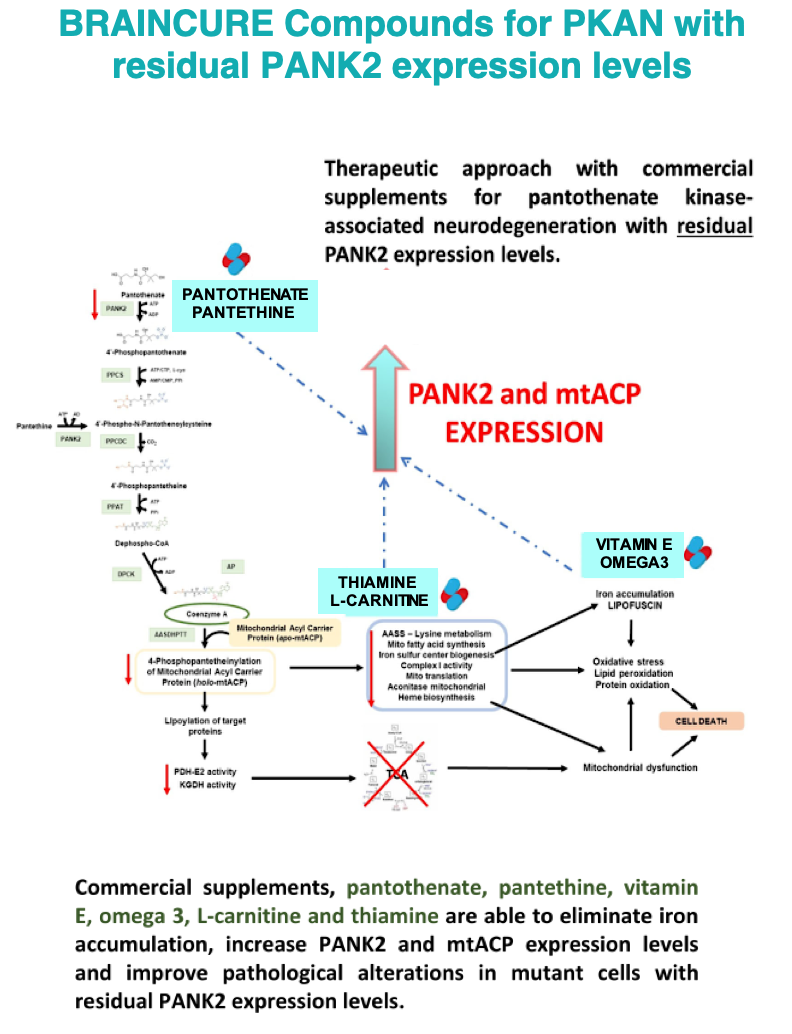
Some of our PROJECTS
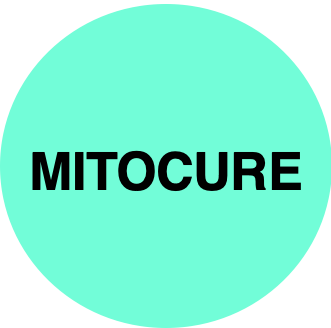
Mitocure Project
Personalised precision medicine focused on mitochondrial diseases, such as MELAS syndrome, Leigh syndrome and MERRF syndrome, KAT6A and KAT6B syndromes, Propionic Acidemia, Ethylmalonic Encephalopathy among others.
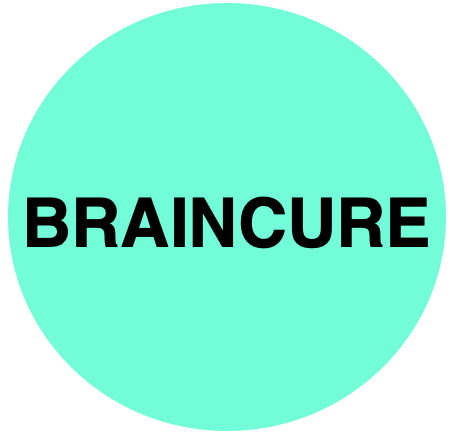
Braincure Project
Personalised precision medicine focused on neurological disorders, such as Neurodegeneration with Brain Iron Accumulation (NBIA), Friedreich’s ataxia (FRDA), Huntington’s disease (HD) and Amyotrophic lateral sclerosis (ALS), among others.
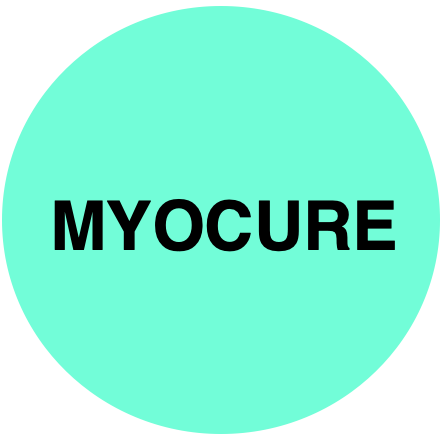
Myocure Project
Personalised precision medicine focused on congenital myopathies such as nemaline myopathy.
Recently published articles
Cilleros-Holgado P, Gómez-Fernández D, Piñero-Pérez R, Reche-López D, Álvarez-Córdoba M, Munuera-Cabeza M, Talaverón-Rey M, Povea-Cabello S, Suárez-Carrillo A, Romero-González A, Suárez-Rivero JM, Romero-Domínguez JM, Sánchez-Alcázar JA. mtUPR Modulation as a Therapeutic Target for Primary and Secondary Mitochondrial Diseases. International journal of molecular sciences. 2023 Jan 12. doi: https://doi.org/10.3390/ijms24021482
Villalón-García I, Povea-Cabello S, Álvarez-Córdoba M, Talaverón-Rey M, Suárez-Rivero JM, Suárez-Carrillo A, Munuera-Cabeza M, Reche-López D, Cilleros-Holgado P, Piñero-Pérez R, Sánchez-Alcázar, JA. Vicious cycle of lipid peroxidation and iron accumulation in neurodegeneration. Neural regeneration research. 2022 Jan 18. doi: https://doi.org/10.4103/1673-5374.358614
Munuera-Cabeza M, Álvarez-Córdoba M, Suárez-Rivero JM, Povea-Cabello S, Villalón-García I, Talaverón-Rey M, Suárez-Carrillo A, Reche-López D, Cilleros-Holgado P, Piñero-Pérez R, Sánchez-Alcázar JA. Pantothenate and L-Carnitine Supplementation Improves Pathological Alterations in Cellular Models of KAT6A Syndrome. Genes. 2022 Dec 6. doi: https://doi.org/10.3390/genes13122300
Álvarez-Córdoba M, Reche-López D, Cilleros-Holgado P, Talaverón-Rey M, Villalón-García I, Suárez-Rivero JM, Suárez-Carrillo A, Munuera-Cabeza M, Piñero-Pérez R, Sánchez-Alcázar JA. Therapeutic approach with commercial supplements for pantothenate kinase-associated neurodegeneration with residual PANK2 expression levels. Orphanet J Rare Dis. 2022 Aug 17. doi: https://doi.org/10.1186/s13023-022-02465-9
Cell Reprogram. 2022 Jul 8. doi: 10.1089/cell.2022.0055. Online ahead of print. PMID: 35802497
Suárez-Rivero JM, Pastor-Maldonado CJ, Povea-Cabello S, Álvarez-Córdoba M, Villalón-García I, Talaverón-Rey M, Suárez-Carrillo A, Munuera-Cabeza M, Reche-López D, Cilleros-Holgado P, Piñero-Pérez R, Sánchez-Alcázar JA. UPRmt activation improves pathological alterations in cellular models of mitochondrial diseases. Orphanet Journal of Rare Diseases. 2022 May 17(1):204. doi: 10.1186/s13023-022-02331-8.
Suárez-Rivero JM, Pastor-Maldonado CJ, Romero-González A, Gómez-Fernández D, Povea-Cabello S, Álvarez-Córdoba M, Villalón-García I, Talaverón-Rey M, Suárez-Carrillo A, Munuera-Cabeza M, Sánchez-Alcázar JA. Pterostilbene in Combination With Mitochondrial Cofactors Improve Mitochondrial Function in Cellular Models of Mitochondrial Diseases. Frontiers in Pharmacology. 2022 March 13:862085. doi: 10.3389/fphar.2022.862085.
Villalón-García I, Álvarez-Córdoba M, Povea-Cabello S, Talaverón-Rey M, Villanueva-Paz M, Luzón-Hidalgo R, Suárez-Rivero JM, Suárez-Carrillo A, Munuera-Cabeza M, Salas JJ, Falcón-Moya R, Rodríguez-Moreno A, Armengol JA, Sánchez-Alcázar JA. Vitamin E prevents lipid peroxidation and iron accumulation in PLA2G6-Associated Neurodegeneration. Neurobiol Dis. 2022 Feb 2:105649. doi: 10.1016/j.nbd.2022.105649.
Suárez-Rivero JM, Pastor-Maldonado CJ, Povea-Cabello S, Álvarez-Córdoba M, Villalón-García I, Talaverón-Rey M, Suárez-Carrillo A, Munuera-Cabeza M, Sánchez-Alcázar JA. Mitochondria and Antibiotics: For Good or for Evil? Biomolecules. 2021 Jul 17;11(7):1050. doi: 10.3390/biom11071050.
Álvarez-Córdoba M, Talaverón-Rey M, Villalón-García I, Povea-Cabello S, Suárez-Rivero JM, Suárez-Carrillo A, Munuera-Cabeza M, Salas JJ, Sánchez-Alcázar JA. Down regulation of the expression of mitochondrial phosphopantetheinyl-proteins in pantothenate kinase-associated neurodegeneration: pathophysiological consequences and therapeutic perspectives. Orphanet J Rare Dis. 2021 May 5;16(1):201. doi: 10.1186/s13023-021-01823-3.
Contact us
This research team carries out their work in the Andalusian Developmental Biology Institute (Centro Andaluz de Biología del Desarrollo), which is jointly funded by the Spanish Research Council CSIC, the Andalusian Regional Government Junta de Andalucía, and the Universidad Pablo de Olavide (UPO) in Seville.
The CABD is located on the campus of the Pablo de Olavide University, Carretera de Utrera km 1, 41013 Sevilla. Traffic signs may still indicate the center’s old name: Andalusian Biology Laboratory.
If you are interested, you can contact Dr. José Antonio Sánchez Alcazar by writing to the email jasanalc@upo.es or by calling +34 95 4978071.
Don’t forget to follow us on our twitter profile @Braincure_CABD.

